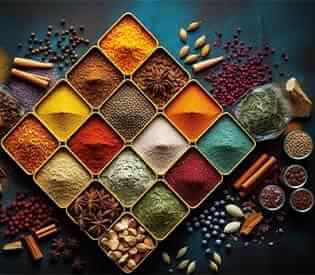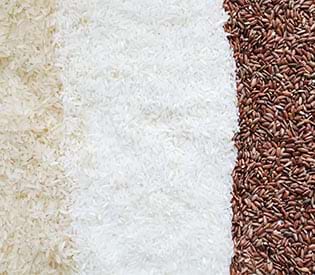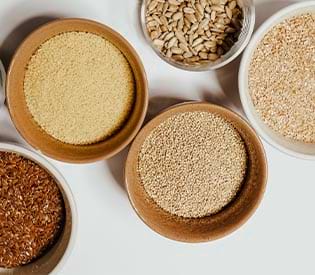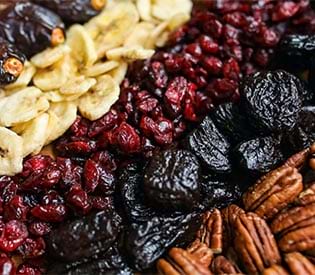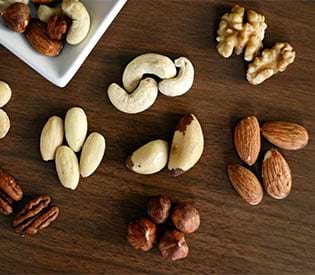Elder flower
📦🚚 Fast & Free shipping on all orders
What is an elderflower?
Elderberries come from shrubs and small trees in the family Adoxaceae in the genus Sambucus. They are also called elders. Most are from temperate or subtropical forests in both the northern and southern hemispheres. They are important as shrubs in gardens and forests, and their berries are used to make wines, jellies, pies, and medicines, as well as to feed animals. Elderberry plants lose their leaves in the fall and are usually shrubs or small trees with many stems. The leaves have leaflets that are toothed and grow on opposite sides of the stems. Small red, blue-black, black, or yellow berries follow flat to round clusters of tiny yellowish-white saucer-shaped flowers on the plants. Elderberries are easy to grow in their natural habitat, but some are invasive outside their native range.
How do I use elderflowers?
Only the blossoms and berries of the plant are palatable. When raw, they are moderately toxic and have a disagreeable flavor. Cooking destroys the hazardous chemicals. Elderflowers are typically in bloom from late May to mid-June.
Elderflower benefits:
People have used the berries and flowers of the elder plant to make medicine since ancient times. Both boost the immune system and fight off infections, but elderflowers have some extra uses that other herbs don't have.
◉ Cooking with Elderflower: Use the cordial or the dried flowers in cakes, tarts, jams, pies, or pancakes. The blossoms taste excellent with tart fruits like rhubarb. They're also delicious baked with strawberries and raspberries. These summer flowers are light, floral, and tasty. You can use them in almost any dish. I've even seen recipes for elderflower yogurt!
◉ Elderflower is also good for your health because it helps keep your blood supply healthy. You can use elderflower as a tonic. As a cold infusion, it can help the body get rid of toxins and can help with constipation in particular. It's also beneficial for people who want to take care of their skin. When waste can't leave the body through the bowels or kidneys, it often tries to leave through the skin. Bitters and elderflower can help you get rid of waste better and have healthier skin because elderflower is also a diuretic.
◉ Fighting colds and flu: There is evidence that elderberry can help treat colds and flu, even though the studies that have been done so far are small. 60 people who had flu-like symptoms took 15 milliliters (ml) of elderberry syrup four times a day. Their symptoms got better 4 days before those who took fake medicine did. Researchers found that the capsules didn't stop the symptoms from happening, but people who took elderberry had milder symptoms that didn't last as long.
◉ Treating acne: Elderberry fruit has many flavonoids, which means it might help reduce inflammation and fight free radicals. These help keep free radicals, which can cause skin problems, from hurting healthy cells. The American Nutrition Association (ANA) says that an antiseptic face wash made with elderberries can help fight acne.
Where can I buy elderflowers?
Buy elderflowers from the health food store in the USA, Alive Herbals.
Elderflower information (at a glance):
| Product Name | Elderflower. |
| Scientific Name | Sambucus nigra. |
| Country of Origin |
Albania. Packaged in the USA. |
| Ingredient |
Elderflower. |
| Taste and Aroma |
It has uniquely fresh, fruity, green and slightly floral with subtle pear, lychee and tropical nuances. |
| Shelf Life & Storage |
Shelf life is about 6–48 months. Store it in an airtight container in a cool, dry place and prevent sunlight exposure. |
| Precautions |
We requested you, Before consuming spices, herbs, teas or any kind of natural products you consult an expert qualified healthcare practitioner or herbalist. |
| Note | This product information has not been appraised by the Food and Drug Administration (FDA). This information is solely intended for educational purposes. |

